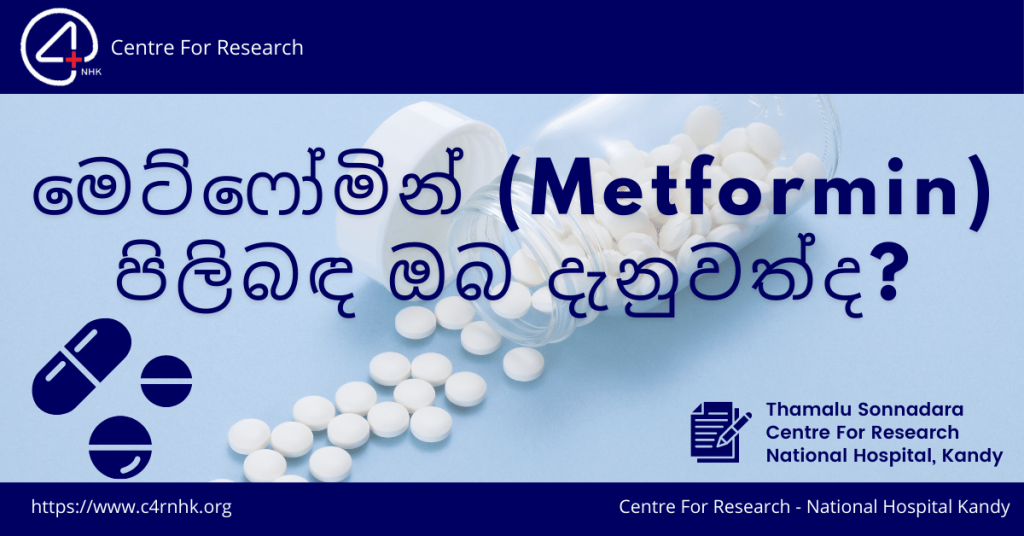Introduction
The research paper “Sleep duration and brain structure: a population-based study” by Fjell et al., published in Nature Human Behaviour in 2023, investigates the relationship between self-reported sleep duration and brain volume, using data from about 51,000 individuals. The authors claim that their study is the largest and most comprehensive analysis of this topic to date, and that their findings challenge the widely held belief that shorter sleep duration is associated with brain shrinkage and cognitive decline. The authors also suggest that there is much natural variation in how much sleep people need, and that other factors, such as sleep quality and timing, may be more important for brain health. The purpose of this review is to evaluate the quality and usefulness of the paper, and to compare and contrast it with other sources on the same topic. The main research question is: How convincing and relevant are the findings of the paper, and what are their implications for the field of sleep and brain health?
Summary
The paper begins by introducing the background and motivation of the study, which is to examine the link between sleep duration and brain structure, especially in the context of aging and neurodegeneration. The authors review the previous literature on this topic, and highlight the limitations and inconsistencies of the existing studies, such as the small sample sizes, the cross-sectional designs, the lack of longitudinal data, the use of subjective measures of sleep, and the confounding effects of other variables. The authors state their main hypothesis, which is that sleep duration is not related to brain volume, either at a single time point or over time, and that there is much individual variation in sleep needs.
The paper then describes the methods and data sources of the study, which include three types of analyses: cross-sectional, longitudinal, and genetic. The authors use data from about 51,000 individuals, aged 18 to 94 years, from various cohorts and databases, such as the UK Biobank, the Lifespan Human Connectome Project, and the Alzheimer’s Disease Neuroimaging Initiative. The authors measure sleep duration using self-reported questionnaires, and brain volume using magnetic resonance imaging (MRI) scans. The authors also use genetic data to estimate the heritability of sleep duration and to identify genetic variants associated with sleep duration. The authors use various statistical techniques, such as linear regression, mixed-effects models, and polygenic risk scores, to analyze the data and to control for potential confounders, such as age, sex, education, body mass index, and cognitive function.
The paper then presents the results and discussion of the study, which are organized according to the three types of analyses. The authors report that, in the cross-sectional analysis, they found an inverted U-shaped curve for the relationship between sleep duration and brain volume, with the highest brain volume associated with 6.5 hours of sleep per night. However, the authors also report that the effect size was very small, and that the curve was driven by outliers and extreme sleepers. The authors report that, in the longitudinal analysis, they found no correlation between sleep duration at baseline and brain volume change over time, in any of the cohorts or brain regions. The authors report that, in the genetic analysis, they found that sleep duration was moderately heritable, and that they identified 42 genetic variants associated with sleep duration. However, the authors also report that these genetic variants did not explain the variation in brain volume, and that there was no evidence of a causal relationship between sleep duration and brain volume.
The paper concludes by summarizing the main findings and implications of the study, which are that sleep duration is not related to brain volume, either at a single time point or over time, and that there is much natural variation in how much sleep people need. The authors also acknowledge the limitations and caveats of the study, such as the use of self-reported sleep duration, the lack of data on sleep quality and timing, and the possibility of residual confounding. The authors suggest that future research should focus on the mechanisms and pathways that link sleep and brain health, and that more objective and comprehensive measures of sleep should be used.
Evaluation
The paper is relevant and timely, as it addresses a topic that is of interest and concern to many people, especially in the context of the COVID-19 pandemic, which has disrupted the sleep patterns of many. The paper is also valid and reliable, as it is based on a large and diverse sample of individuals, from various cohorts and databases, and as it uses multiple types of analyses, such as cross-sectional, longitudinal, and genetic, to examine the relationship between sleep duration and brain volume. The paper is accurate and original, as it reports the findings of the study accurately and in a clear and concise way, and as it provides a new perspective on the topic, which challenges the widely held belief that shorter sleep duration is associated with brain shrinkage and cognitive decline.
However, the paper could be improved in some aspects. First, the paper could provide more background information on the previous research that supports the link between sleep and brain health, such as the mechanisms and pathways involved, and the evidence from other types of studies, such as clinical trials and neuroimaging studies. This would help the reader to understand the significance and implications of the findings of the paper, and to compare and contrast them with other sources on the same topic. Second, the paper could provide more critical analysis and discussion of the findings of the study, such as the possible reasons for the discrepancies with the previous research, the potential implications for the prevention and treatment of Alzheimer’s disease, and the directions for future research. This would help the reader to evaluate the strengths and weaknesses of the study, and to appreciate the complexity and uncertainty of the topic. Third, the paper could include some visual aids, such as graphs or tables, to illustrate the data and the results of the study. This would help the reader to grasp the main points and trends more easily and effectively.
Conclusion
The paper “Sleep duration and brain structure: a population-based study” by Fjell et al. is a useful and informative source that investigates the relationship between self-reported sleep duration and brain volume, using data from about 51,000 individuals. The paper is relevant, valid, reliable, accurate, and original, but it could be improved by providing more background information, more critical analysis and discussion, and more visual aids. The main finding of the paper is that sleep duration is not related to brain volume, either at a single time point or over time, and that there is much natural variation in how much sleep people need. The main implication of the paper is that getting enough sleep may not be as crucial for brain health as previously thought, and that other factors, such as sleep quality and timing, may be more important. The main research question is: How convincing and relevant are the findings of the paper, and what are their implications for the field of sleep and brain health?
![]()


